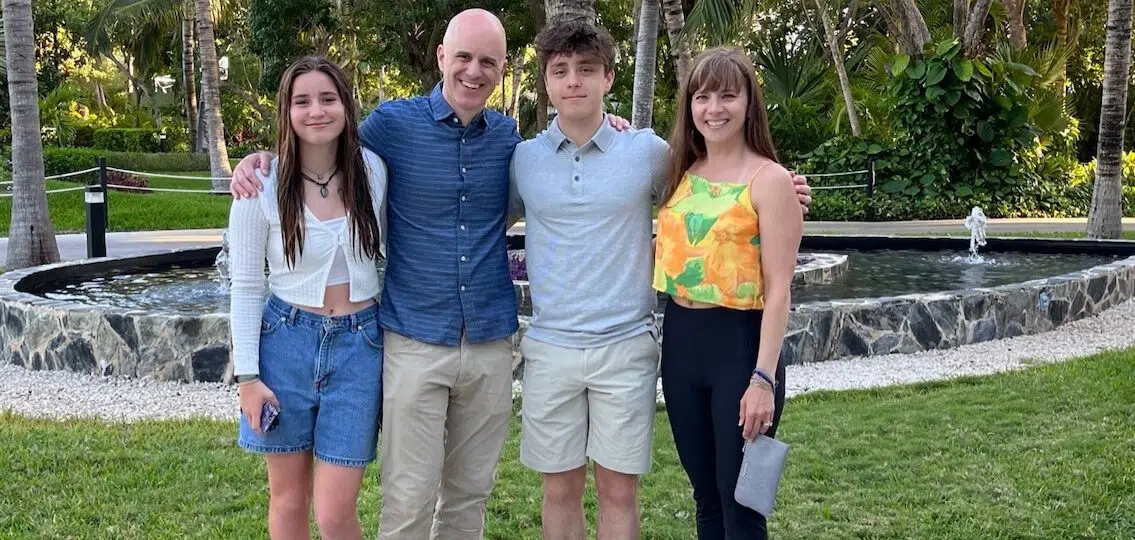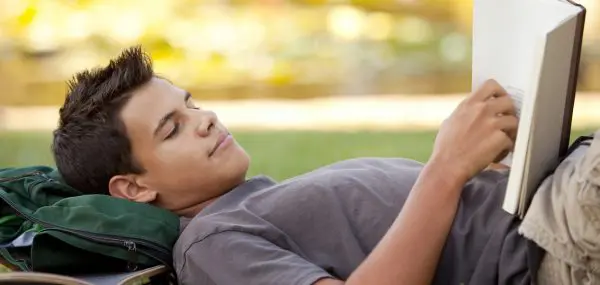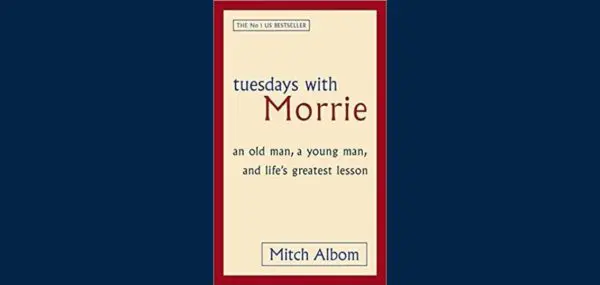When I was little, my mother read me Where The Wild Things Are, Frog and Toad Are Friends, and every Mercer Mayer book. After 12 hours at work, my father would pull a chair next to my bed and read to me from his tattered copy of Grimm’s Fairy Tales. I begged for the longest story, so I could avoid sleep and then I’d hear his voice as I drifted off—my dreams a mash-up of reality, giants, golden hairs, and fairy tale justice.
In school, I looked forward to two things: recess and read-aloud. My third-grade teacher—who enjoyed reading aloud as much as we loved listening—gathered us on the carpet and let us peek into the lives of characters from all over the world.
Somewhere along the way, we became too old for read-aloud. Teachers instructed us to read on our own. For me, it wasn’t the same. I slogged through middle school and most of high school, disengaged from the texts. Most of the novels my teachers swore were necessary classics I found boring. My mind wandered when I read them. Unable to focus, I figured something must be wrong with me. That is, until I entered the 11th grade.
Discovering the Joy of Reading
My 11th grade teacher had a book collection in his classroom and he encouraged his students to choose freely among them. Sometimes he read aloud a few pages from titles he thought we might enjoy. Except, that’s an understatement. He didn’t just read the pages—he jumped on the table, spit flying from his lips as he tried to make us feel what the characters felt. He was over the top, and his energy was contagious. It made me want to read the stories he shared.
That was the year I became a reader. The Old Man and the Sea, Native Son, Of Mice and Men. I finally understood why my teachers were having us read these novels. Those classics led to more contemporary novels, and I’ve had a book in hand ever since. This is why I love reading.
When we were expecting our first child, my wife and I read aloud to each other. While my son was nursing, my wife read aloud from The Winnie-the-Pooh Treasury. After my daughter was born, our family of four made it a tradition to gather on the bed 30 minutes before bedtime and read aloud.
Lying in bed, bookended by my two children, I read aloud their favorites like There’s an Alligator Under My Bed while their little fingers touched the pages, and they asked questions and giggled. The struggle to keep my eyes open made me realize why my father sat by our bed when he read to us—it kept him awake.
I think we made it to fourth grade before our family reading time petered out. My son wanted to read his Percy Jackson books in his own room, and my daughter was content reading everything Kate DiCamillo had ever written. I tucked them in, asked them questions about their books, and read my own book downstairs.
Both kids continued to read independently until about 7th grade, when they stopped. Friends, TV shows, and sports took over, and reading was one of the things that got squeezed out. Now they read for school, but not for pleasure.
I reminded them how valuable reading was to their education and growth, blah, blah, blah, and I pushed them to read. Several years went by with books still not a big part of their lives. Eventually, I stopped pushing. Still, I continued to read.
Occasionally, one of them would ask me what book I was reading. I’d casually offer a plot summary and though I sensed some curiosity, it rarely led to them picking up the book to read on their own.
But then, when my daughter was in 9th grade, a new Kate DiCamillo book came out. I couldn’t help myself; I purchased a copy and left the book on her pillow. A few days later, she suggested we read it together. It would have been easy for her to dismiss this childish gift, but she smiled and laughed, appreciating the humor and clever writing as we sat in the living room for a couple of nights that week and took turns reading aloud this one last book together.
There was no better time spent with my kids than when we read all those stories together. Those stories led to important conversations about why a certain character might have behaved this way or what we might do if we were in their shoes.
As my teens near the end of high school, they’re enthusiastic readers again and they search for insight. My son devours articles about his favorite sports teams and players and he texts me when he comes across an article by a sports journalist with a unique perspective. My daughter is passionate about character-driven novels and likes to talk about them. She even asks me for reading suggestions and puts down her devices in favor of reading a book. (Yay!)
I still have the list of books I read aloud to my children when they were younger. It’s long, and I miss the experience of reading them together for the first, second, third… twentieth time. I suppose I’ll have to wait until I’m a grandparent to once again see a toddler waddling forward, extending a book, eyes pleading for me to begin reading the first page.




